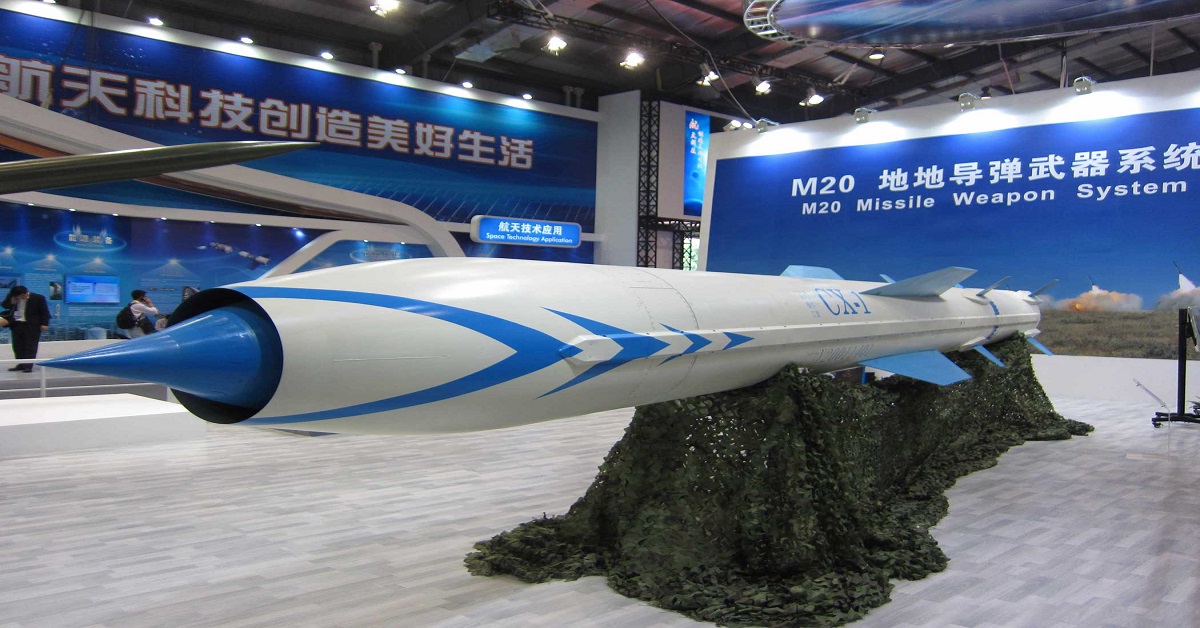
All we know that China is one among the most powerful countries for its wealth and defense strength, China is again proving their technical power by China’s People’s Liberation Army Rocket Force conducted two flight tests of a new ballistic missile that was attached to a hypersonic glide vehicle (HGV).
A HGV is a form of aircraft that is capable of reaching speeds five times faster than the speed of sound, allowing it to deliver nuclear weapons to their target in a matter of seconds.
According to the US official, the test was “the first HGV test in the world using a system intended to be fielded operationally”.
Both the US and Russia have been working hard on their own tests of HGVs, but neither is believed to have conducted tests for a system that could be operational.
James Syring, Director of the US Missile Defence Agency, said in June that attempts to harness HGVs span back over seventy years but are only now being tested with the intention of being used.
He said: “Although hypersonic glide vehicles and missiles flying non-ballistic trajectories were first proposed as far back as World War Two, technological advances are only now making these systems practicable.”
The new tests conducted by China are their first since the ruling Communist Party’s annual Congress in October.
The HGV tested on November 1 is said to have been specifically designed for a medium-range ballistic missile called DF-17 and landed “within meters” of its intended target.
A second test of the missile took place on November 15.
According to US officials, the missile is expected to become fully operational by 2020.
A National Air and Space Intelligence Centre report released in June warned that HGVs could be more dangerous as they were harder to defend against due to the speed the missile travels at.
It said: “The combination of high speed, maneuverability, and relatively low altitudes makes HGVs challenging targets for missile defense systems.”
The planned introduction of the HGV into China’s nuclear arsenal comes after President Xi Jinping used the Communist Party’s 19th conference to unveil his plans to make a “world-class military”.
Centred around a new, condensed structure of 84 military units, the military reshuffle builds on Xi’s years-long efforts to modernize the PLA with greater emphasis on new capabilities including cyberspace, electronic and information warfare.
As chair of the Central Military Commission, Xi is also commander-in-chief of China’s armed forces.
President Xi told commanders of the new units at the PLA headquarters in Beijing the test “has profound and significant meaning in building a world-class military”.
All 84 new units are at the combined-corps level, which means commanders will hold the rank of major-general or rear-admiral, and unit members would likely be regrouped from existing forces.
The Chinese military is currently cutting its troops by 300,000, as part of a number of wide-ranging military reforms introduced by President Xi in late 2015.
Those reforms include establishing a joint operational command structure by 2020 and rejigging existing military regions, as well as streamlining troop numbers, particularly in non-combat facing roles.

Post Your Comments